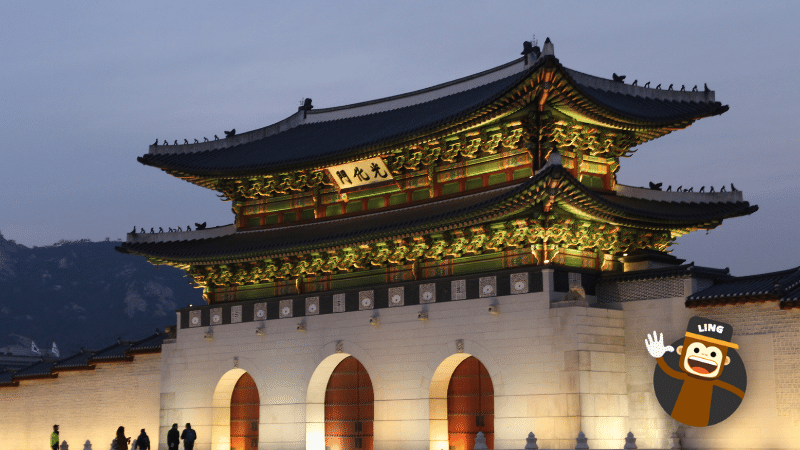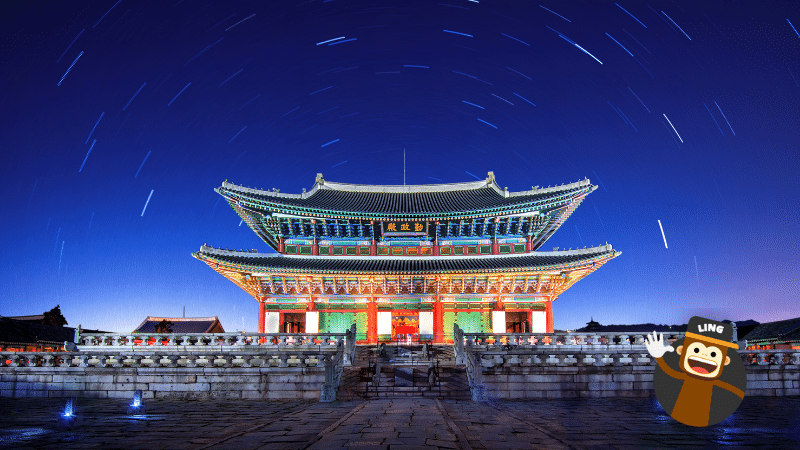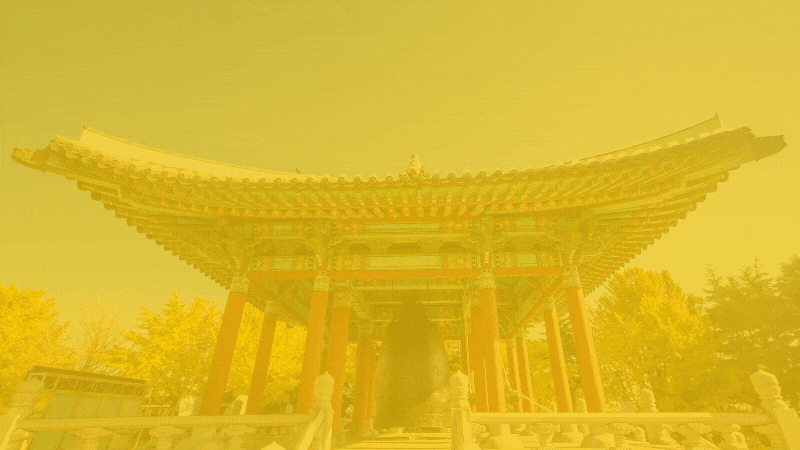Korean architecture is a perfect representation of history and modernity. The country’s architectural styles are closely related to its political, economic, social, and cultural conditions. Basically, the architecture within the country is a mixture of traditional Korean and modern styles. It is also influenced by the Chinese, Japanese, and European cultures. Korean people have had to rebuild their cities many times due to these invasions, which have led to an eclectic mix of architectural styles that can be seen all around the country today.
This blog will explore the history of Korean architecture and how it has changed over time to include more Western architectural designs.
The History Of Korean Architecture

Imagine a world where the sky is filled with colorful, intricately designed buildings. Every building has its own story to tell, and no two are alike—a place where people live in harmony with nature and one another. Korea’s architecture reflects this vision. Traditional Korean architecture balances beauty, functionality, and spirituality by emphasizing natural materials such as wood or stone that have been carefully selected for their durability and aesthetic qualities.
The history of ancient Korea and its architecture is very different from the modernity that we see today. Korea has a long and rich history, seen in its buildings and temples. Korean architecture is a fascinating mix of traditional and modern styles. The history of Korean architecture can be traced back to the Three Kingdoms period in Korea when the Goguryeo kingdom was at its peak.
The buildings in this time period were mostly made of wood, which was an abundant resource. There are few surviving examples of these structures today, but they have been documented through paintings and drawings from the time period. wooden pagoda, stone slabs, stone pagoda, South Korea, cultural and museum buildings, Korean war architecture, architectural style
The Modernity Of Korean Architecture

Korean Peninsula was ruined on many levels during the Korean War. A lot of people were left homeless and without even basic necessities, including the elements of infrastructure, such as hospitals, schools, and residential/business buildings.
Only a couple of sturdier Japanese-build buildings managed to survive the civil war. Once the war was over, the U.S. invested a lot of money to help the Korean people raise their country from the ashes, and that’s when traditional architecture, influenced by the U.S., started to follow a more pragmatic building style, and American architecture assumed supremacy.
Modern Korean architecture as we know it today is heavily influenced by Western styles and building materials such as concrete and steel. This shift happened after Korea lost its independence following World War II when it became occupied by Japan until the end of World War II in 1945. The modernity of Korean architecture can be seen in some high-rise projects like Lotte Tower or Seoul’s complex. However, many residential projects still use traditional materials like timber for their construction.
Common Words Related To Architecture
| English | Hangul Script | Latin Script |
| architecture | 건축학 | geonchughag |
| architects | 건축가 | geonchugga |
| concrete | 콘크리트 | konkeuliteu |
| glass | 유리 | yuli |
| timber | 재목 | jaemog |
| steel | 강철 | gangcheol |
| rock | 바위 | bawi |
| stone | 결석 | gyeolseog |
| stone pagodas | 석탑 | seogtab |
| stone slabs | 석판 | seogpan |
| building | 건물 | geonmul |
| house | 집 | jib |
| temple | 절 | jeol |
| materials | 재료 | jaelyo |
| shrine | 신사 | sinsa |
| cave | 동굴 | dong-gul |
| arch | 아치 | achi |
| dome | 둥근 천장 | dung-geun cheonjang |
| modern | 현대의 | hyeondaeui |
| traditional | 전통적인 | jeontongjeog-in |
Outstanding Examples Of Korean Architecture

Korean architecture is not only about temples and shrines. Some other great pieces of architecture in South Korea can’t be missed.
1. Seoul’s Floating Islands
One of Seoul’s most iconic landmarks is its Floating Islands or Sebitseom. These man-made islands were created in 2008 and have become an attraction for tourists worldwide. The Floating Islands are located on Cheonggyecheon Stream, which runs through downtown Seoul. There are three islands in total: Terra, Vista, and Viva, representing the seed, the bud, and the blossom, in that order. Quite impressive, right?
2. Saetgang Bridge
Bridges are an integral part of Korean architecture, and Saetgang Bridge is the most famous in Korea. The Saetgang Bridge is a beautiful architectural feat that spans the Han River. The Saetgang Bridge spans over the Han River and connects two different districts of the city: Yeongdeungpo-gu on the south bank and Seodaemun-gu on the north bank. It’s an asymmetrical cable bridge and an outstanding piece of post-modern Korean architecture that acts as a jewel of Korean society.
3. Busan Cinema Center
Busan cinema center in South Korea is a building like no other. Busan Cinema Center is an example of how Korean architecture can be both futuristic and traditional at the same time since it’s got all these different shapes and colors. However, it still has traditional Korean elements like the curved roof rainbow-colored top.
4. Seoul City Hall
Seoul City Hall, a stunning modern building in the heart of Seoul, is one of the most iconic structures in Korea. The architecture is both breathtaking and inspiring to visitors from all over the world who come to see this magnificent structure. The design for this building is now a mix of traditional Korean architecture and modern approach, with an emphasis on symmetry and balance, which symbolizes order and stability. Next to the more conventional, colonial building section, a huge glass section looms over it. The symbolism is clear and quite beautiful- instead of trying to erase its colonial past, South Korea will rise over it.
Learn Korean With Ling App

As we learned from this post, Korea is not just famous due to its food and songs. There’s so much more to this country which is why we invite you to learn more about it through the Ling App.
Ling App is a language application that helps you learn Korean and over 60 other languages. The app has many interactive lessons in a gamified environment, including vocabulary, grammar, reading, and writing skills. It can help you learn Korean in an easy and fun way. The app is available for iOS and Android and accessible via its web version.
Whatever device you prefer to use, Ling App’s got you covered! Other than that, we’ve got an awesome blog worth checking out, where you can learn a bunch of valuable things related to Korean culture and people. So, what are you waiting for? Download it today!














